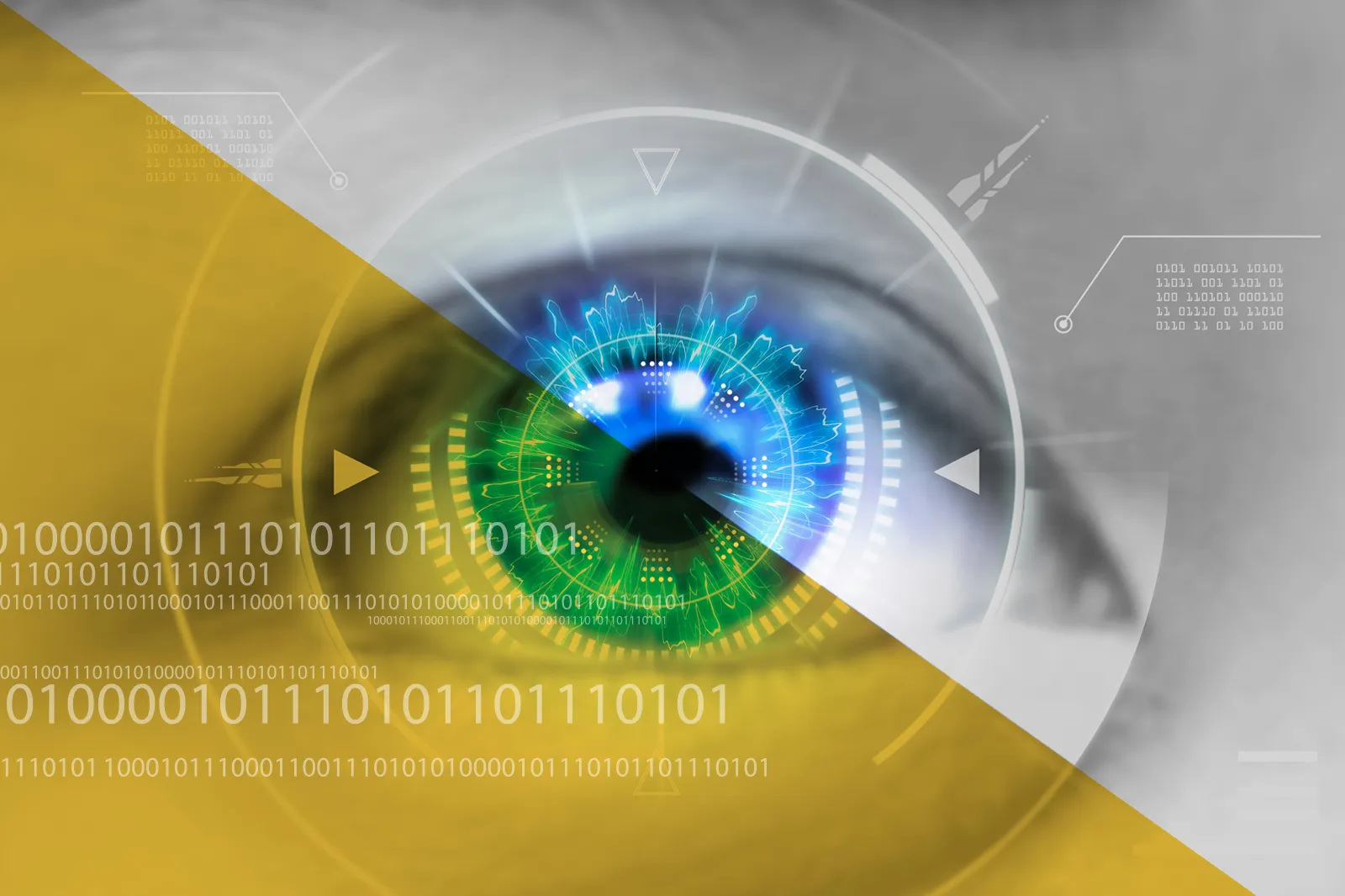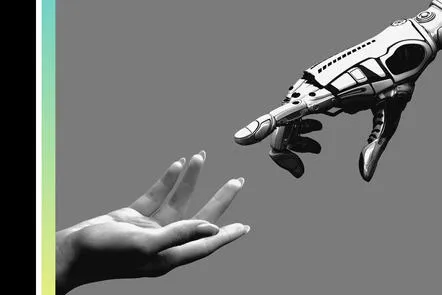
Robotic Vision - Program 
This course provides an introduction to robotic vision and its application to robotics. Students will learn the principles of vision, how images are represented in a computer, and the purposes of different types of image processing operations. They will also gain hands-on experience with coding in MATLAB for image processing relevant to robotics and apply their knowledge to a robot to enable it to carry out a simple task. ▼
ADVERTISEMENT
Course Feature
![]() Cost:
Cost:
Free
![]() Provider:
Provider:
Futurelearn
![]() Certificate:
Certificate:
No Information
![]() Language:
Language:
English
![]() Start Date:
Start Date:
Self Paced
Course Overview
❗The content presented here is sourced directly from Futurelearn platform. For comprehensive course details, including enrollment information, simply click on the 'Go to class' link on our website.
Updated in [May 25th, 2023]
Robotic Vision is a course that teaches learners the principles of vision and how to apply them to robotic functions. Learners will gain an understanding of how images are represented in a computer and the purposes of different types of image processing operations. They will also learn how to code in MATLAB for image processing relevant to robotics and apply their knowledge of computer vision to a robot to enable it to carry out a simple task. Through this course, learners will gain an appreciation of the nature of robotic vision for specific tasks and be able to apply their knowledge to real-world applications. Additionally, learners will be able to explore related learning suggestions and development paths to further their understanding of robotic vision.
[Applications]
The application of this course can be seen in the development of robotic vision systems. Students can use the principles of vision and image processing operations learned in this course to create robotic vision systems that can detect and recognize objects, track motion, and identify patterns. Additionally, students can use MATLAB coding to develop algorithms for image processing and robotic vision. Finally, students can use their knowledge to program a robot to carry out a simple task.
[Career Paths]
1. Robotics Engineer: Robotics Engineers design, develop, and test robots for a variety of applications. They must have a strong understanding of robotics, computer vision, and artificial intelligence. They must also be able to work with a variety of programming languages and platforms. As the demand for robots increases, the need for Robotics Engineers is expected to grow.
2. Computer Vision Scientist: Computer Vision Scientists are responsible for developing algorithms and software to enable robots to interpret and understand their environment. They must have a strong understanding of computer vision, machine learning, and artificial intelligence. As robots become more prevalent in our lives, the need for Computer Vision Scientists is expected to increase.
3. Autonomous Vehicle Engineer: Autonomous Vehicle Engineers are responsible for developing and testing autonomous vehicles. They must have a strong understanding of robotics, computer vision, and artificial intelligence. As autonomous vehicles become more prevalent, the need for Autonomous Vehicle Engineers is expected to increase.
4. Robotics Software Developer: Robotics Software Developers are responsible for developing software for robots. They must have a strong understanding of robotics, computer vision, and artificial intelligence. As robots become more prevalent in our lives, the need for Robotics Software Developers is expected to increase.
[Education Paths]
1. Bachelor of Science in Robotics: This degree program focuses on the design, development, and implementation of robotic systems. Students learn about the principles of robotics, computer vision, artificial intelligence, and control systems. They also gain hands-on experience with programming and building robots. This degree is ideal for those interested in developing robots for industrial, medical, or military applications.
2. Master of Science in Robotics: This degree program builds on the knowledge gained in a Bachelor of Science in Robotics. Students learn more advanced concepts in robotics, such as machine learning, computer vision, and artificial intelligence. They also gain experience in developing and deploying robotic systems. This degree is ideal for those interested in developing robots for research, industry, or government applications.
3. Doctor of Philosophy in Robotics: This degree program focuses on the research and development of robotic systems. Students learn about the principles of robotics, computer vision, artificial intelligence, and control systems. They also gain experience in developing and deploying robotic systems. This degree is ideal for those interested in pursuing a career in robotics research or teaching.
The development of robotics is an ever-evolving field, with new technologies and applications being developed all the time. As such, the demand for professionals with expertise in robotics is increasing. With the right degree, graduates can find employment in a variety of industries, from manufacturing to healthcare.
Course Provider

Provider Futurelearn's Stats at AZClass
Discussion and Reviews
0.0 (Based on 0 reviews)
Explore Similar Online Courses

Introduction to Trading Machine Learning & GCP

User Experience for the Web

Python for Informatics: Exploring Information

Social Network Analysis

Introduction to Systematic Review and Meta-Analysis

The Analytics Edge

DCO042 - Python For Informatics

Causal Diagrams: Draw Your Assumptions Before Your Conclusions

Whole genome sequencing of bacterial genomes - tools and applications

Robotic Drives & Physics: Robotics learn by building III

Robotics: Aerial Robotics

MedTech: AI and Medical Robots Course
 Related Categories
Related Categories
 Popular Providers
Popular Providers
Quiz
 Submitted Sucessfully
Submitted Sucessfully
1. What is the purpose of image processing operations?
2. What language is used to demonstrate basic coding for image processing?
3. What is the goal of the course?


Start your review of Robotic Vision - Program